
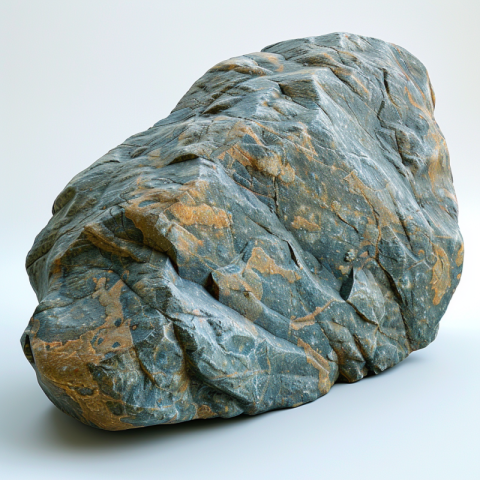
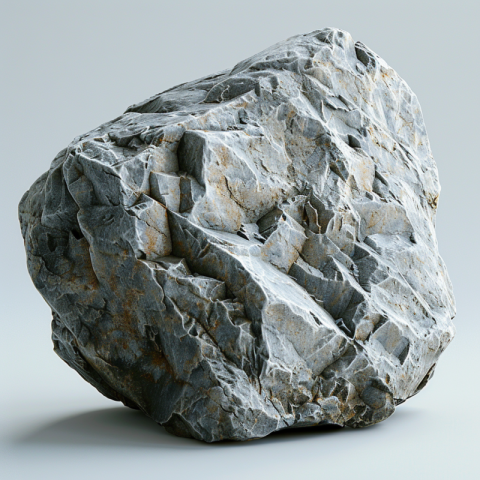


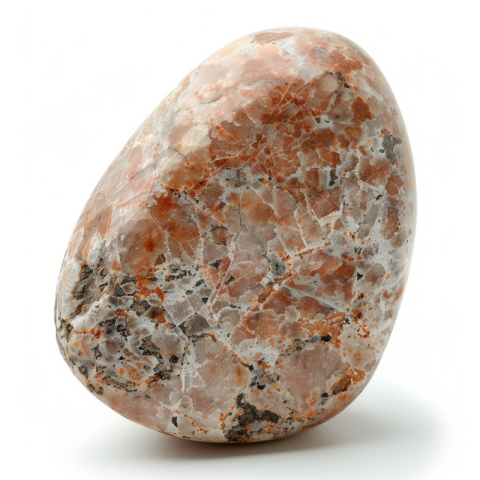
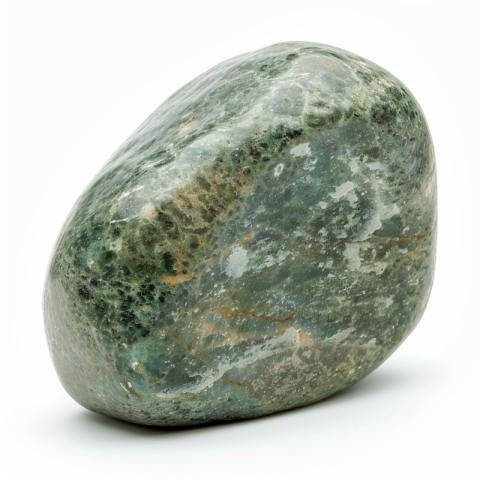
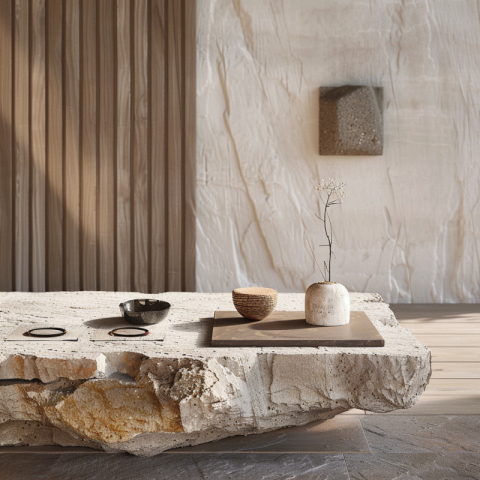
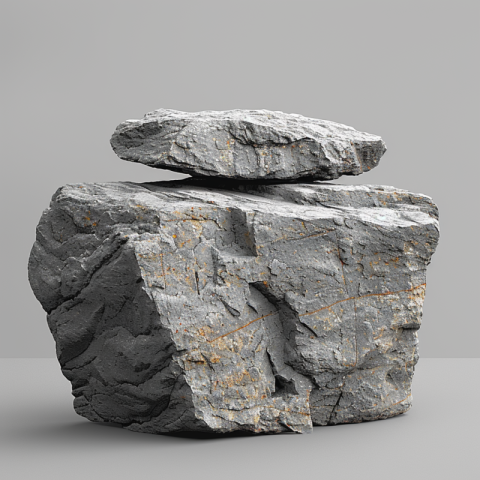
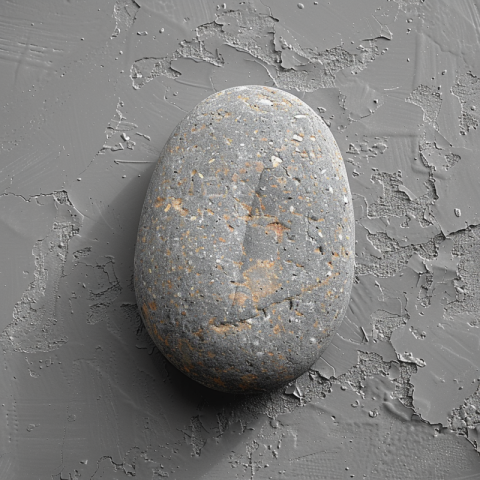

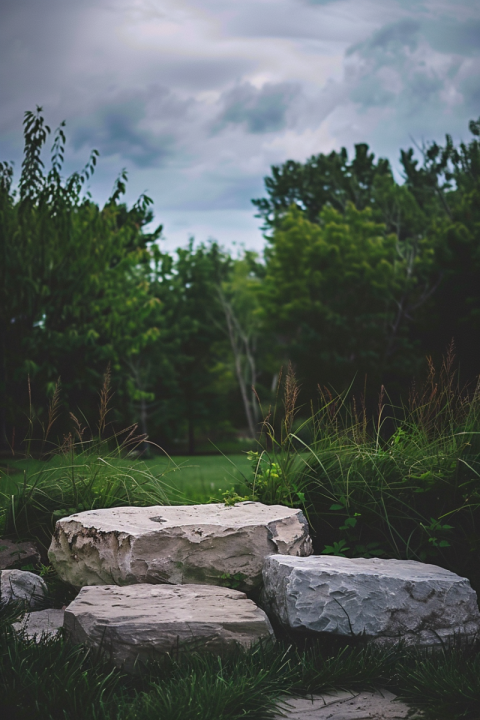
The Elegance of Marble: Formation, Types, Uses, and Characteristics
Marble, a metamorphic rock prized for its beauty and elegance, has been used for centuries in sculpture, architecture, and design. Its distinctive veined appearance, smooth texture, and ability to take a high polish have made it a symbol of luxury and sophistication. This exploration delves into the world of marble, examining its geological formation, various types, unique characteristics, and its wide-ranging applications throughout history and in modern times.
1. Formation of Marble:
Marble is formed through the metamorphism of limestone or dolostone, which are sedimentary rocks composed primarily of calcium carbonate (CaCO3).
- Metamorphism: The process of transformation of existing rock (the protolith) into a new type of rock due to heat, pressure, and/or chemically active fluids.
- Recrystallization: During metamorphism, the calcite crystals in limestone recrystallize, forming larger, interlocking crystals that give marble its characteristic texture.
- Heat and Pressure: The heat and pressure required for marble formation typically occur deep within the Earth's crust, often associated with tectonic plate movements, such as mountain building.
- Impurities: The presence of other minerals during metamorphism can create the veining and coloration patterns that are characteristic of many types of marble.
2. Types of Marble:
Marble is classified based on its color, veining patterns, origin, and mineral composition. Some popular types include:
- Carrara Marble: A white or blue-gray marble from Carrara, Italy, prized for its use in sculpture and building decor. It's known for its subtle veining.
- Calacatta Marble: Also from Italy, Calacatta is a rarer and more luxurious white marble with bold, dramatic veining, often in gray or gold tones.
- Statuary Marble: Another high-quality white marble from the Carrara region, favored by sculptors for its pure white color and fine grain.
- Crema Marfil Marble: A beige or yellowish marble from Spain, known for its warm tones and subtle veining.
- Emperador Marble: A Spanish marble that comes in light and dark brown varieties, featuring striking white and beige veining.
- Nero Marquina Marble: A black marble from Spain with distinctive white veining.
- Rosso Levanto Marble: A deep red marble from Italy with white and black veining.
- Verde Alpi Marble: A green marble from the Italian Alps, often with white or dark green veining.
3. Characteristics of Marble:
- Color: Marble comes in a wide range of colors, including white, black, gray, beige, yellow, green, red, and brown. The color is determined by the mineral impurities present during its formation.
- Veining: The characteristic streaks or patterns in marble, caused by the presence of mineral impurities like clay, silt, sand, iron oxides, or chert.
- Texture: Marble typically has a smooth, crystalline texture due to the recrystallization of calcite.
- Luster: Marble can take a high polish, giving it a lustrous, reflective surface.
- Hardness: Marble is a relatively soft stone, with a Mohs hardness of 3-4, making it susceptible to scratching and abrasion.
- Porosity: Marble is porous, meaning it can absorb liquids, making it prone to staining.
- Translucency: Some fine-grained, pure white marbles exhibit translucency, allowing light to pass through them to a certain extent.
4. Uses of Marble:
Marble has been used for a wide variety of purposes throughout history:
- Sculpture: Marble has been a favored medium for sculptors since antiquity due to its workability and ability to hold fine detail. Famous examples include Michelangelo's David and the Venus de Milo.
- Architecture: Marble is used as a building material for facades, columns, flooring, and interior decoration. Notable examples include the Taj Mahal, the Parthenon, and the Washington Monument.
- Interior Design: Marble is used for countertops, backsplashes, flooring, fireplace surrounds, and other decorative elements in homes and commercial buildings.
- Monuments and Memorials: Marble's durability and elegance make it a popular choice for gravestones, statues, and other memorials.
- Furniture: Marble is used to create tabletops, vanities, and other furniture pieces.
- Decorative Objects: Marble is used to make vases, bowls, sculptures, and other decorative items.
5. Quarrying and Processing Marble:
- Quarrying: Marble is extracted from open-pit quarries using heavy machinery, such as diamond wire saws and large excavators.
- Cutting: Large blocks of marble are cut into slabs using diamond wire saws or gang saws.
- Polishing: The slabs are then polished using a series of progressively finer abrasive materials to achieve the desired finish, from a honed (matte) finish to a high-gloss polish.
- Finishing: Edges are shaped and finished, and the marble may be treated with sealers to enhance its stain resistance.
6. Care and Maintenance of Marble:
- Sealing: Applying a sealant to marble helps protect it from staining and etching.
- Cleaning: Marble should be cleaned with a pH-neutral cleaner and a soft cloth. Avoid using acidic or abrasive cleaners, which can damage the surface.
- Spills: Spills should be wiped up immediately to prevent staining.
- Protection: Use coasters, placemats, and trivets to protect marble surfaces from scratches, heat, and moisture.
7. Environmental Considerations:
- Resource Extraction: Marble quarrying can have environmental impacts, such as habitat destruction and dust pollution.
- Energy Consumption: Processing and transporting marble requires significant amounts of energy.
- Sustainability: Choosing recycled marble or marble from responsibly managed quarries can help reduce the environmental impact.
Conclusion:
Marble is a beautiful and versatile natural stone that has been prized for its elegance and durability for centuries. Its unique formation process, diverse types, and wide range of applications have made it a popular material in art, architecture, and design. While marble requires some care and maintenance, its timeless appeal and luxurious aesthetic continue to make it a sought-after material for both residential and commercial projects.
Marble, Metamorphic Rock, Limestone, Calcite, Recrystallization, Carrara Marble, Calacatta Marble, Statuary Marble, Crema Marfil Marble, Emperador Marble, Nero Marquina Marble, Marble Veining, Marble Colors, Marble Texture, Marble Quarry, Marble Slab, Marble Tile, Marble Countertop, Marble Floor, Marble Sculpture, Marble Architecture, Michelangelo, David, Taj Mahal, Parthenon, Marble Polishing, Honed Marble, Polished Marble, Marble Care, Marble Maintenance, Marble Sealer, Marble Cleaner, Marble Stain, Marble Etching, Environmental Impacts of Marble, Sustainable Marble, Italian Marble, Spanish Marble, Greek Marble, Turkish Marble, Marble Institute of America, Mohs Hardness Scale, Sedimentary Rock, Igneous Rock, Metamorphic Processes, Vein Cut, Cross Cut, Bookmatching, Marble Restoration, Marble Repair, Marble Refinishing, Travertine, Onyx, Granite, Quartzite, Natural Stone, Interior Design, Building Material, Luxury Material, Classic Material, Timeless Material.

